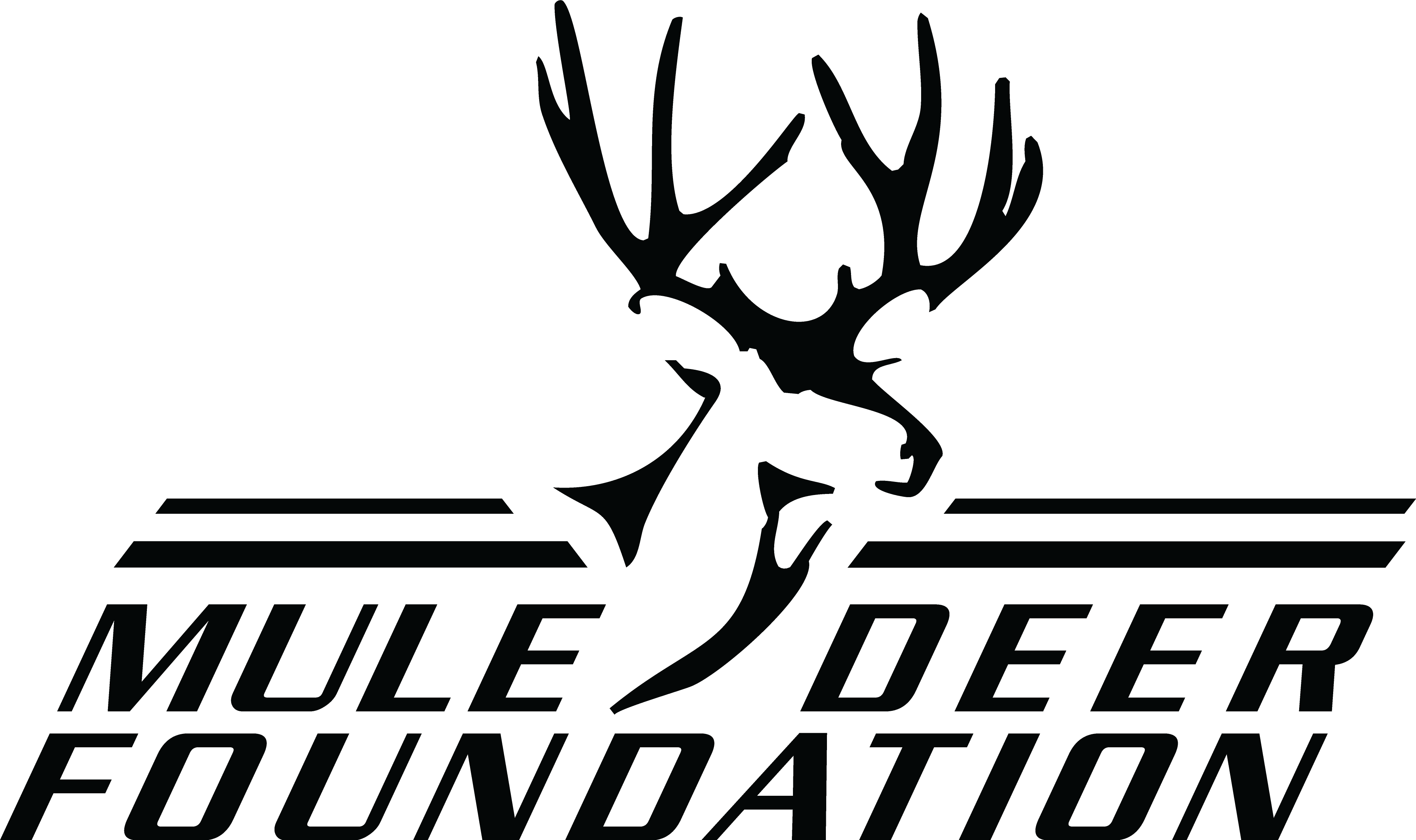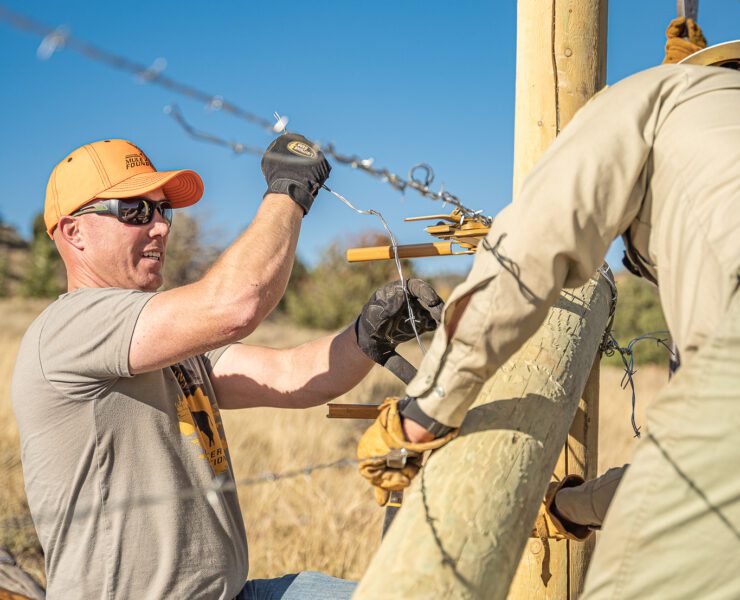Public Policy

“People call this the Mule Deer Factory of Colorado!” she laughs. It’s an apt title: Mule deer in Rio Blanco County outnumber people by many thousands. They are surely hidden in the landscape here, along with many other creatures that depend on healthy sagebrush habitat—like greater sage-grouse, an enormous and ornate grouse species that is entirely limited to sagebrush.

Oak woodlands are an important ecosystem type for the long-term health and sustainability of our black-tailed deer herds throughout much of their range in Northern California and Southern Oregon. Black-tailed deer need a variety of habitats to thrive, but oak woodlands are one of the most important. Typically, a healthy oak woodland is made up of an overstory dominated by mature oak trees with enough space between them to allow sufficient light to reach the ground. The most common types are white oak, blue oak, black oak, valley oak, or one of several varieties of live oak.

The Mule Deer Foundation (MDF) is seeking applicants for one Project Manager to assist with habitat projects on the USFS lands. This position is a full-time, field- based, position that will help deliver the mission of MDF on USFS lands. This is a term, 2-year position with the possibility of extension based on funding.
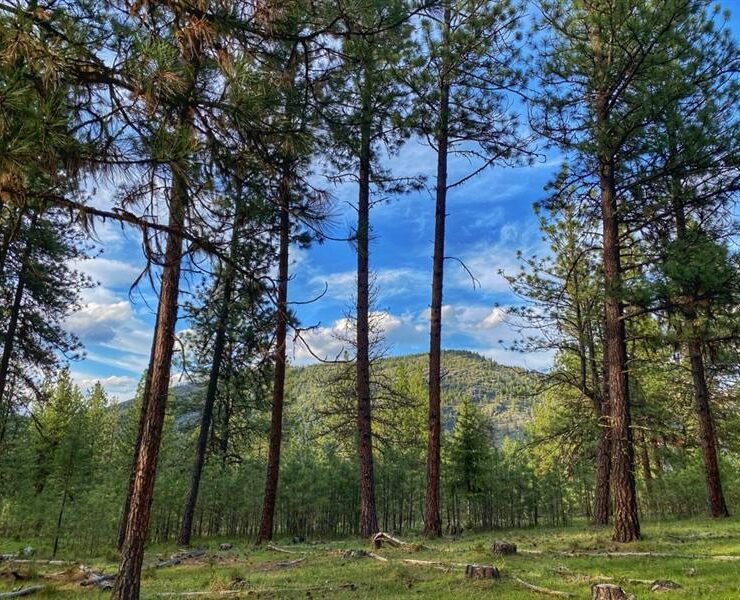
The Mule Deer Foundation (MDF) applauds Senators John Curtis – UT-(R), Tim Sheehy – MT (R), John Hickenlooper – CO (D), and Alex Padilla – CA (D) for introducing the Fix Our Forests Act (FOFA) in the United States Senate. This bi-partisan Act will allow federal land management agencies including the US Forest Service and Bureau of Land Management to improve the health of our public lands including work on important habitats for mule deer.
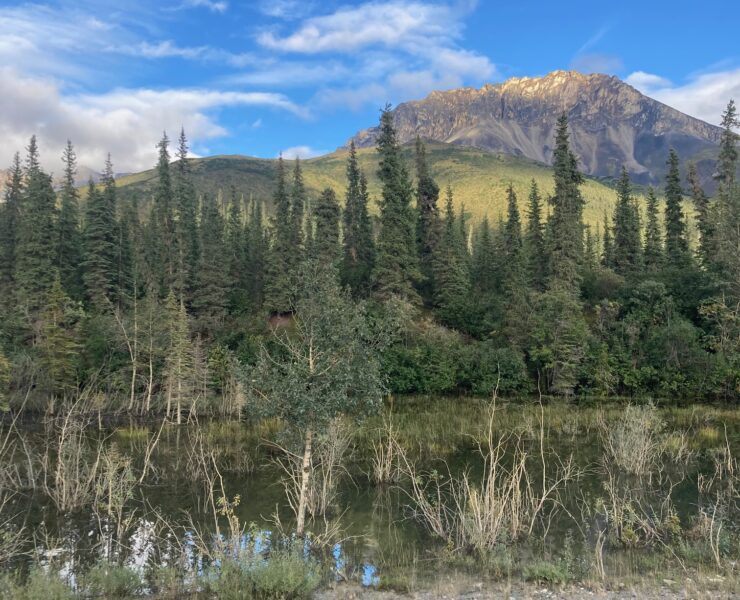
The Mule Deer Foundation (MDF) strongly supports the newly introduced bipartisan legislation led by U.S. Senators John Curtis (R-UT) and Michael Bennet (D-CO), which seeks to enhance and expedite emergency watershed recovery efforts in the wake of natural disasters such as wildfires, floods, and other catastrophic events. These bills, the Making Access to Cleanup Happen (MATCH) Act and the Watershed Protection and Forestry Recovery Act, are vital to preserving the health of our western landscapes and ensuring the resilience of communities that depend on these natural resources.
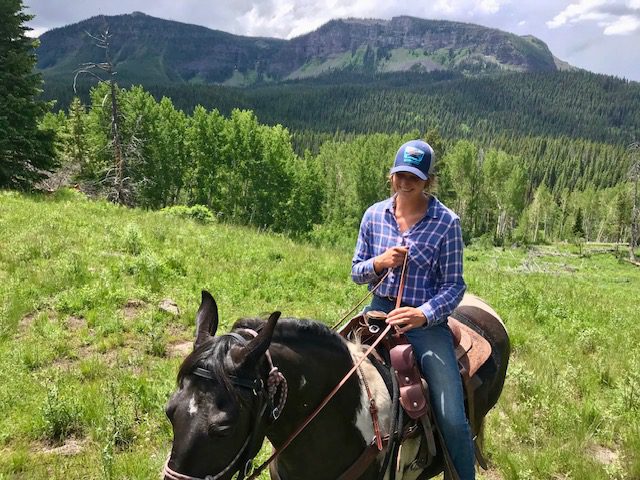
The USDA Forest Service manages nearly 200 million acres of public land all over the country. That’s a lot of ground to cover, especially when you consider the agency’s mandate to make decisions on how best to utilize and maintain the land for “the greatest good of the greatest number in the long run.”

Over the last 25 years, a common assertion you often hear is that muledeer populations are in decline. But is this true? This question is frequently posed to us at the Mule Deer Foun- dation (MDF), and it represents a significant issue that our leadership actively addresses. So, what’s the reality? The answer is nuanced. Innshort, it depends.
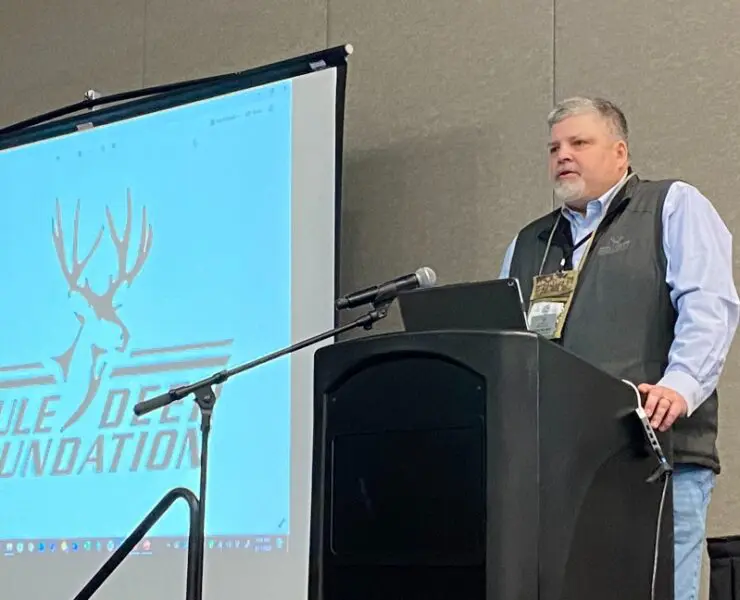
The North American conservation model is the bedrock of all hunting and fishing tradtions in the United States. A critical part of this concept is that we, the people, own the land and the resources, which is managed through scientific management through the state wildlife agencies and legislation supported by scientific data from these agencies. Now, this is very much the best-case scenario: a state legislator sitting in the State Communittee that overseas fishing and game notices that the Turkey population has been decreasing. A member then uses that scientific data from the state agency, to propose a bill that would limit the season so they can in the long term help try to recover the population. It’s pretty cut and dry, but unfortunately, that’s not always what happens.

FOR IMMEDIATE RELEASE December 4th, 2024 CONTACT: Trevor Hubbs ([email protected]) The Mule Deer Foundation Launches…


